 |
||||
Alter do Chão is a small place of Roman origin
situated in the heart of the Alto Alentejo region. Founded Elteri in 204
BC, the town was razed under the Emperor Hadrian after the inhabitants
were accused of disloyalty, eventually being re-established in the 13th
century. The town has some fine houses from the 17th and 18th centuries
(such as the graceful Palácio do Álamo, which now houses
the Tourist Office, an art gallery and a library), and its streets reflect
the calm life of a population almost entirely devoted to agriculture. PLACES TO VISIT Alter do Chão Castle - built in 1359 by King Pedro I, lover of the ill-fated Inês de Castro, the town’s dominating five-towered castle features Gothic porticoes, crenellated walls, cubic turrets and a 44-metre-high keep. The 17th Century Santana Chapel, Church of S. Francisco, Nossa Senhora da Alegria Church, Senhor Jesus do Outeiro Church, Convent of S. Antonio and the S. António dos Olivais Chapel |
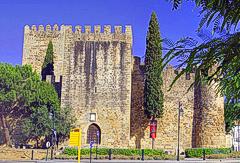 |
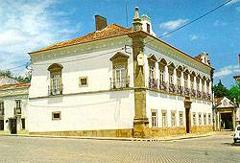 |
|||
Palácio do Álamo - Housing
the tourist office, the elegant 18th century Palácio do Álamo
also serves as an art gallery and library. Fountain in Praça da República - Prominently situated in the main square, elegant columns hold up the cupola of the striking white marble fountain dated 1556. Nearby - Located 4 km northwest of Alter do Chão lies Coudelaria de Alter, a 300-hectare stud farm founded in 1748 by King João V of the House of Bragança. Yearning for a quality Portuguese horse, he imported a stock of mares from Andulasia, from which the Alter Real is bred. Spanning the River Seda, the Roman bridge of Vila Formosa is a robust six-arched construction situated 12 km to the west. |
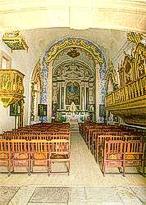 |
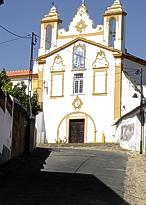 |
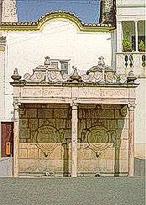 |
||||